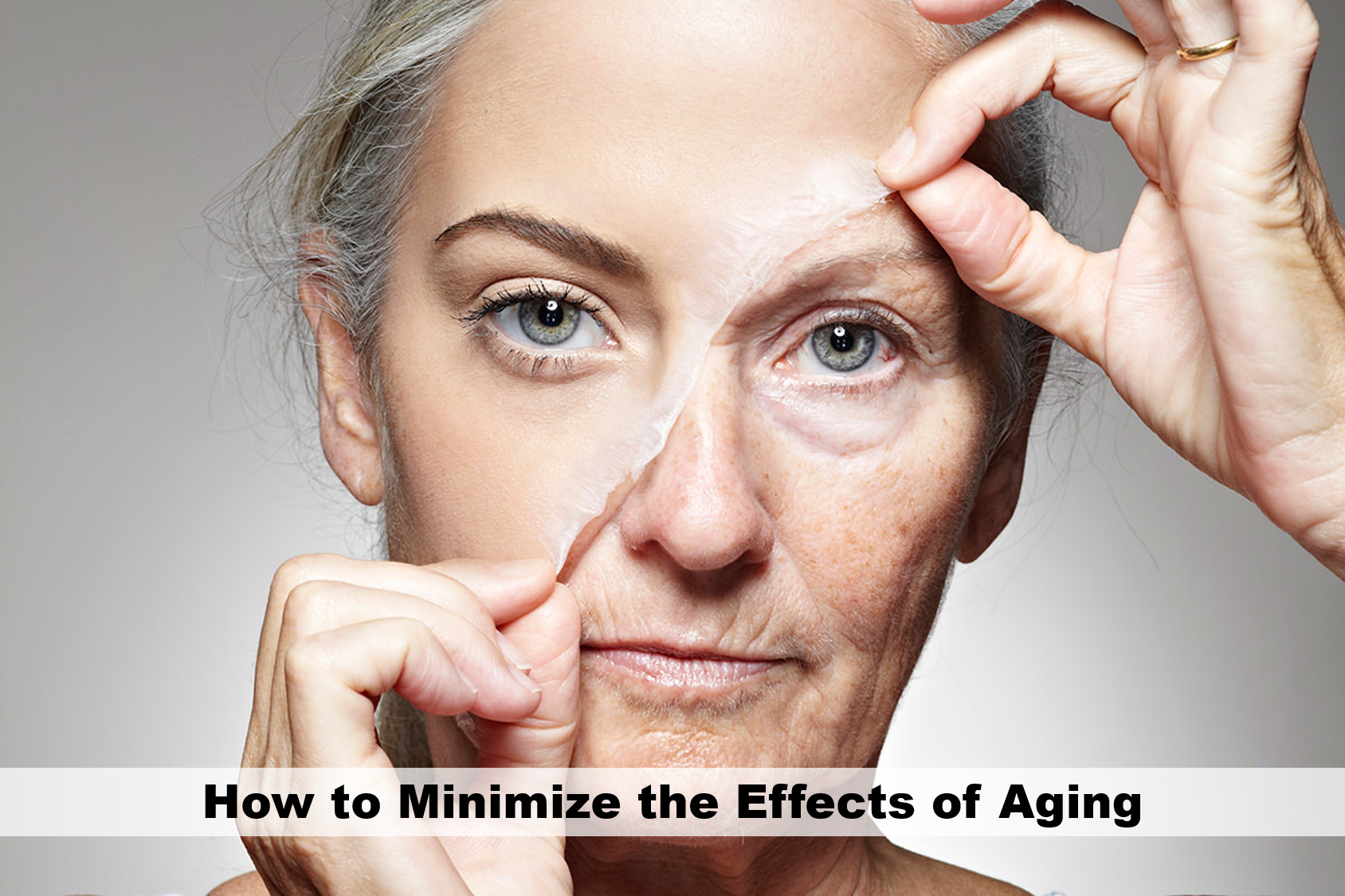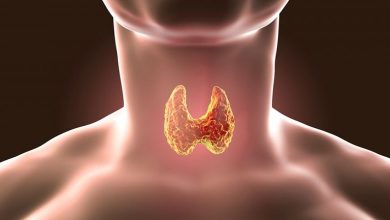Where Is The Cheekbone, Why Does It Pain?

The cheekbones are located on both sides of the skull, next to the eye sockets. The structure of these bones and the tissue that covers them largely determine the shape and appearance of the face. Cheekbone pain is usually caused by neuralgia (nerve pain), dysfunctions of the jaw joint and chewing muscles, inflammation or dental problems.
What is Cheekbone?
The cheekbone is the bony basis of the cheek and gives the face its characteristic shape. The cheekbone region is a skeletal framework located on and around the cheeks on the face. It gets its name from the fact that it represents a yoke-like connection between the facial skull and the lateral skull wall.
The cheekbone or os zygomaticum is part of the facial skeleton. It connects the maxilla to the temporal bone and the sphenoid bone to the frontal bone. It limits the eye socket towards the center of the face.
The cheekbone has three surfaces: One forms the most prominent part, the cheek surface (facies lateralis). The second (facies orbitalis) forms the border of the eye socket (orbita). The third represents the connection with the temporal bone (os frontale).
Function of Cheekbone
The cheekbone has a strong extension, like the upper jaw protrusion (processus maxillaris), which absorbs the pressure generated during chewing in the upper jaw and transmits it to the front bone with another process (processus frontalis) in the middle of the face.
In addition to forming the outer edge of the eye socket, various muscles necessary for facial expressions or chewing are attached to it. An important function of the zygomatic bone is to transmit chewing pressure from the molars to the calvaria.
Where is the Cheekbone?
The cheekbone is located slightly on the side of the face, approximately at eye level and slightly below. It borders the maxilla, lacrimal bone, frontal bone, and temporal bone.
Causes of Cheekbone Pain
Similar to pain in the eye, nose or jaw area, pain in the cheekbones is also a type of facial pain. Palpation examination and often also an MRI are required to find the cause of the pain and predict appropriate treatment. If the cheekbones hurt, there may be many reasons behind it:
If you had chickenpox as a child, the herpes zoster virus remains in the body for life. If you have had a weak immune system at some point in your life, the virus may present itself in the form of shingles or facial erysipelas. Cheekbone pain is then the main symptom.
If you experience too much stress, grind your teeth, have a misaligned jaw, or have poorly processed artificial dental material in your mouth, this can cause pain in your cheekbones.
Due to the reasons mentioned above, the jaw muscles may also become tense. In such cases, the pain may not only occur in the cheekbone area, but may spread to the temples.
This often leads to problems in opening the mouth wide and cracks in the jaw joint.
The trigeminal nerve mostly runs through the cheeks. Cheekbone pain can also occur if the nerve is compressed.
Other possible causes are inflammation of the paranasal sinuses, tension in the neck and shoulder area, migraine or inflammation in the oral cavity. Those affected are more likely to suffer from headaches and backaches. Pain in the cheek area is only one of the possible accompanying symptoms.
Only a doctor can rule out whether cheekbone pain is actually a side effect of a serious illness such as a tumor or stroke.
Cheekbone Fracture
Cheekbone fracture is one of the most common bone injuries of the facial skeleton. Typical causes are falls or blows to the face. In the case of a cheekbone fracture, adjacent areas such as the eye socket or lower jaw are often also affected. Depending on the situation, the development of different symptoms and complications is possible.
Cheekbone fractures occur as a result of direct violence to the face. Common causes are a severe blow, such as falling off a bicycle, traffic accidents, or a head-on collision between two football players.
Depending on the course of the injury, adjacent bone structures (temporal bone, lower jaw, orbital socket, upper jaw) are often also affected in the case of a cheekbone fracture. If the force is purely lateral, an isolated fracture of the zygomatic arch (the bony structure between the lower edge of the eye socket and the ear) may occur.
Complaints that occur with a broken cheekbone depend on the severity and type of fracture. In displaced fractures, the bendable bone fragments can move into the maxillary sinus or eye socket and cause injury to nerves, blood vessels, and eyeball.
A cheekbone fracture can cause the following symptoms on the affected side:
- Severe radiating pain
- Swelling around the eyes and cheeks
- Bruising around the eyes
- Nose bleeding
- Bleeding from the maxillary sinus
- Visible bony steps below the eye socket
- facial scars
- Visual disturbances (double vision)
- Mandibular dysfunction (for example, inability to open the mouth)




